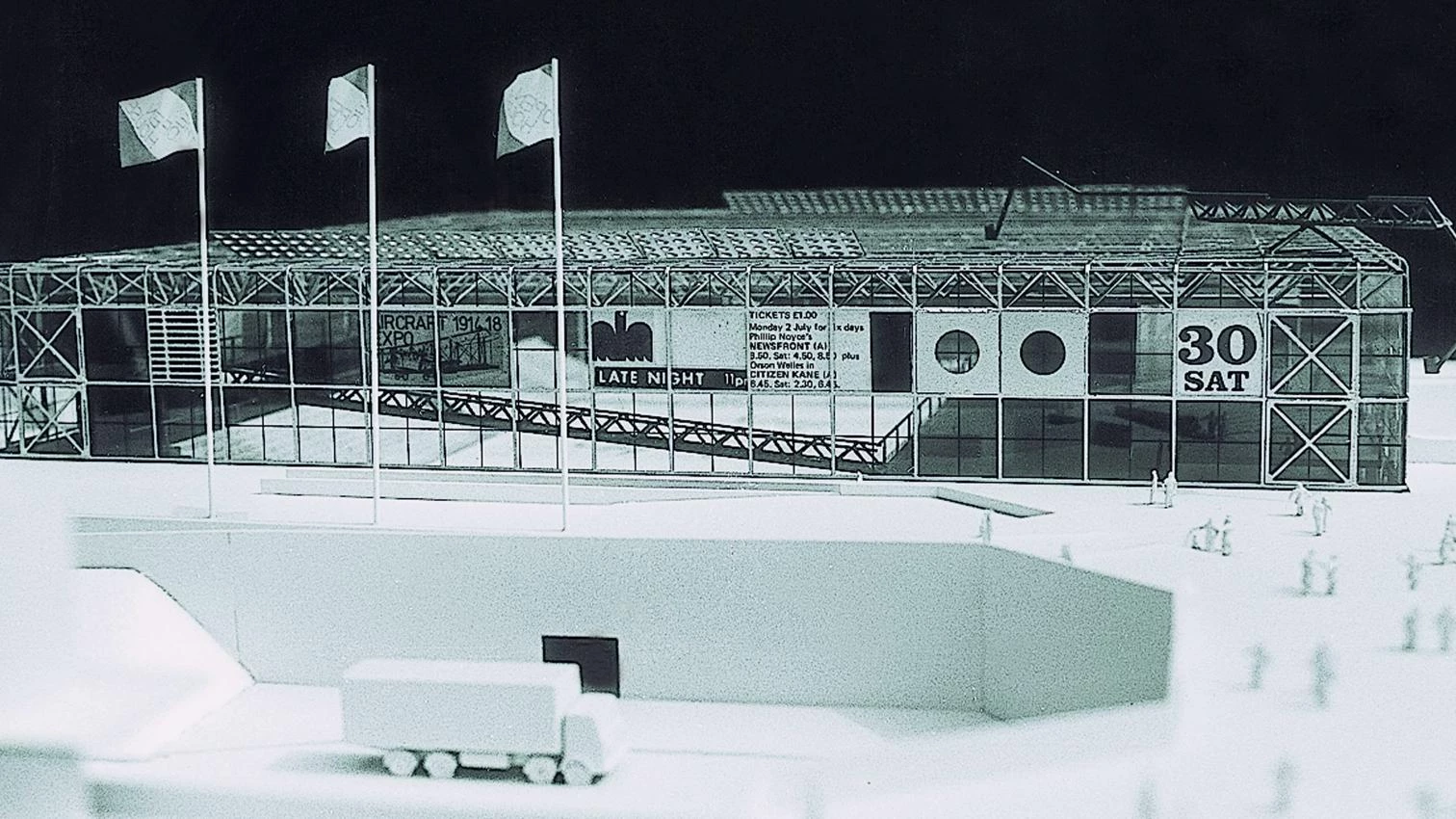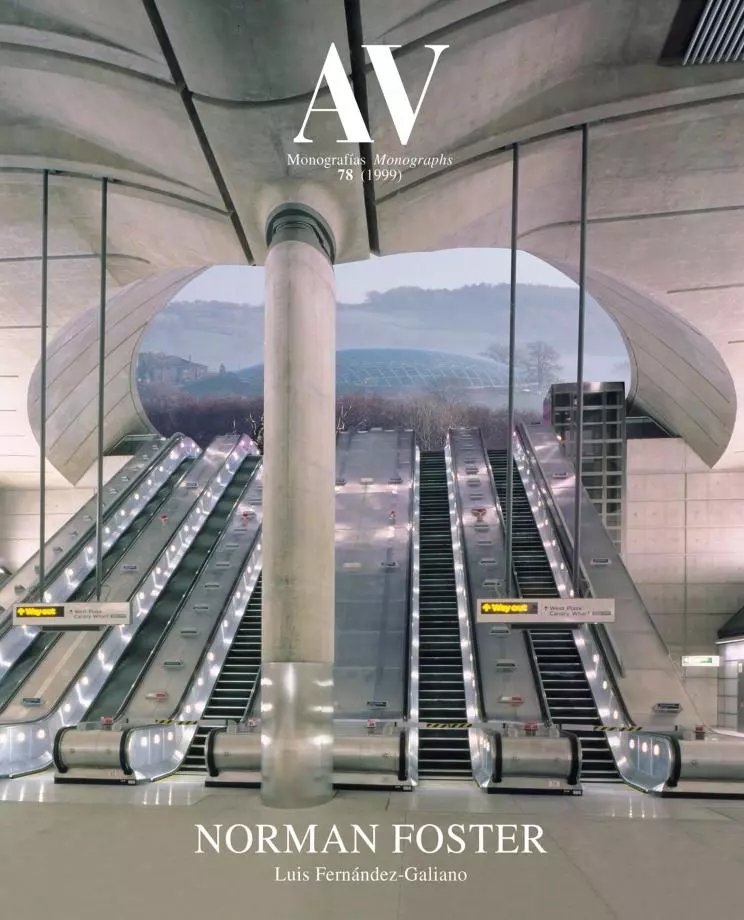Instant Cities: Hammersmith and other Unbuilt Projects of the Late 70s

After Willis Faber and the Sainsbury Centre, Foster’s acclaim brought a stream of public and private commissions, most of which failed to materialise. The often trivial graphic expression of these missed chances show the difficulty to evaluate the unbuilt projects of Foster, an architect whose talent is only fully expressed when designs are carried out. The Hammersmith interchange in London, a quadrangle of offices with a central plaza covered by a translucent membrane suspended from the corner towers, is both an urban castle and an instant city, a hybrid of protected precinct and fairground mall: reminiscent of the Archigram fantasies so well embodied in the Pompidou (the final corner towers are almost literal quotations), but also commercial and pragmatic rather than pop and Venturian. The Open House, a leisure and sports centre in South Wales, was a community enterprise, but again seemed closer to the models of American developers than to the imagery of the Yellow Submarine; and the Granada Entertainment Centre at Milton Keynes married without success an advertising wall with a tensile fabric roof. The tower for the extension of New York’s Whitney Museum, with the naïve diagonal buttresses and slick skin, is a vertical coda to this failed chapter of developments...[+]





